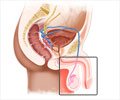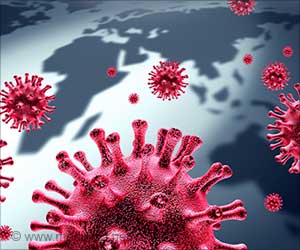Researchers have discovered a fast, cheap, and accurate COVID-19 testing method. The new method simplifies testing from expensive reaction steps.

‘The most important keys to the newly developed COVID-19 method's success are virus inactivation procedure and a new formulation of the solution used to collect and transport the sample material taken from the patients.’





Current diagnostic tests for COVID-19 are based on detecting viral RNA in patient samples, such as nasal and throat swabs, from which RNA molecules are extracted and purified. The RNA purification constitutes a significant bottleneck for the testing process, requiring many equipment and expensive chemical compounds. Scientists were looking out for a simpler yet effective coronavirus test to facilitate earlier-stage care.
"We started working on the issue of developing a readily available testing method as soon as we saw the developments in Asia and southern Europe, and before the situation reached crisis point in Sweden," says principal investigator Bjorn Reinius, research leader at the Department of Medical Biochemistry and Biophysics at Karolinska Institutet. "Our method was effectively finished already by the end of April, and we then made all the data freely available online."
The new method circumvents the tedious RNA-extraction procedure. The patients' samples are inactivated using heating, rendering the virus particles no longer infectious; it can pass straight to the diagnostic reaction that detects the presence of coronavirus.
"By replacing the collection buffer with simple and inexpensive buffer formulations, we can enable viral detection with high sensitivity directly from the original clinical sample, without any intermediate steps," says Dr Reinius.
Advertisement
Benefits of New COVID-19 Test
- Simplifies testing from expensive reaction steps.
- Enables upscaling of the diagnostics.
Advertisement















